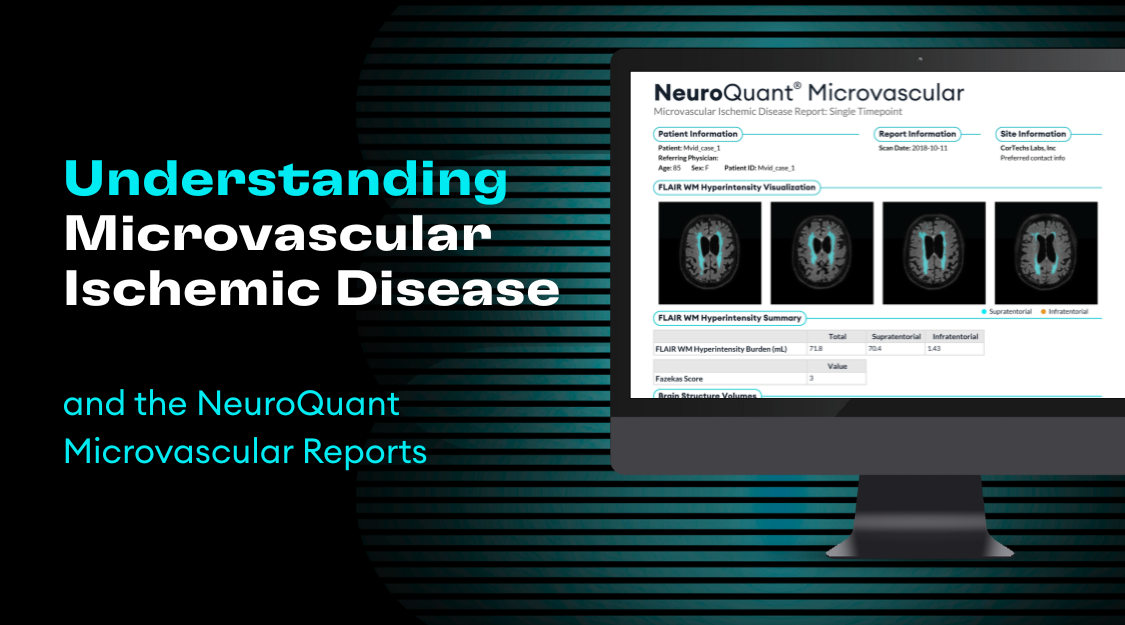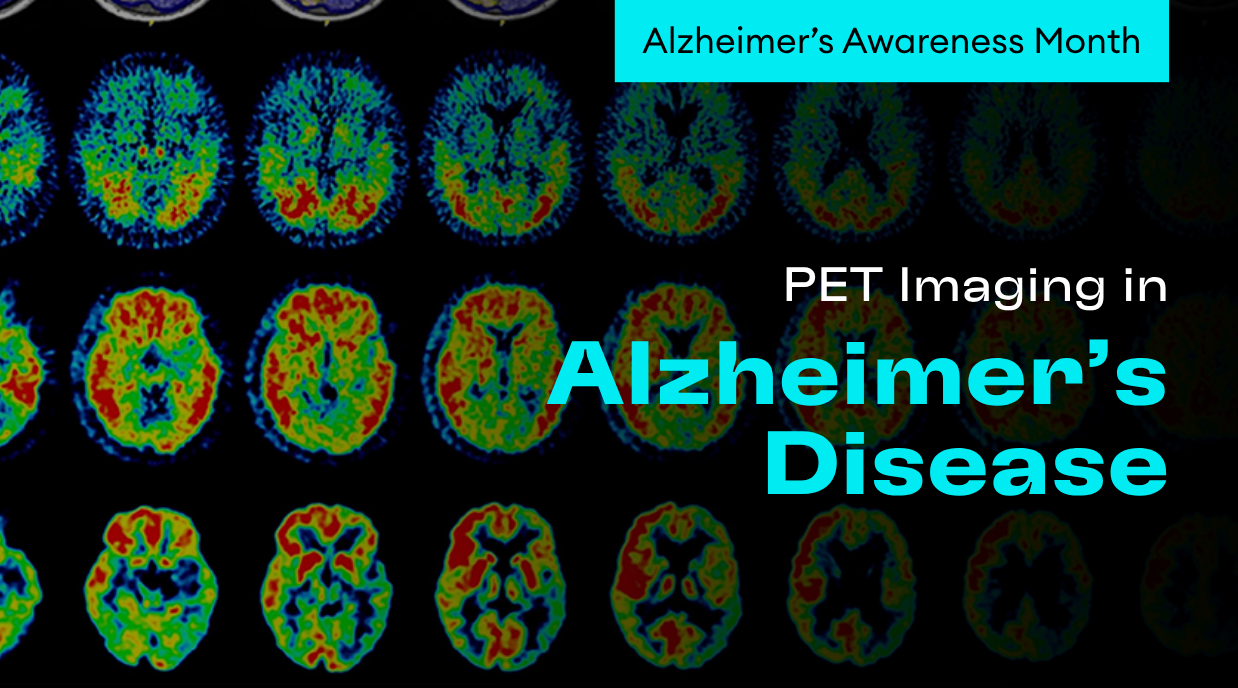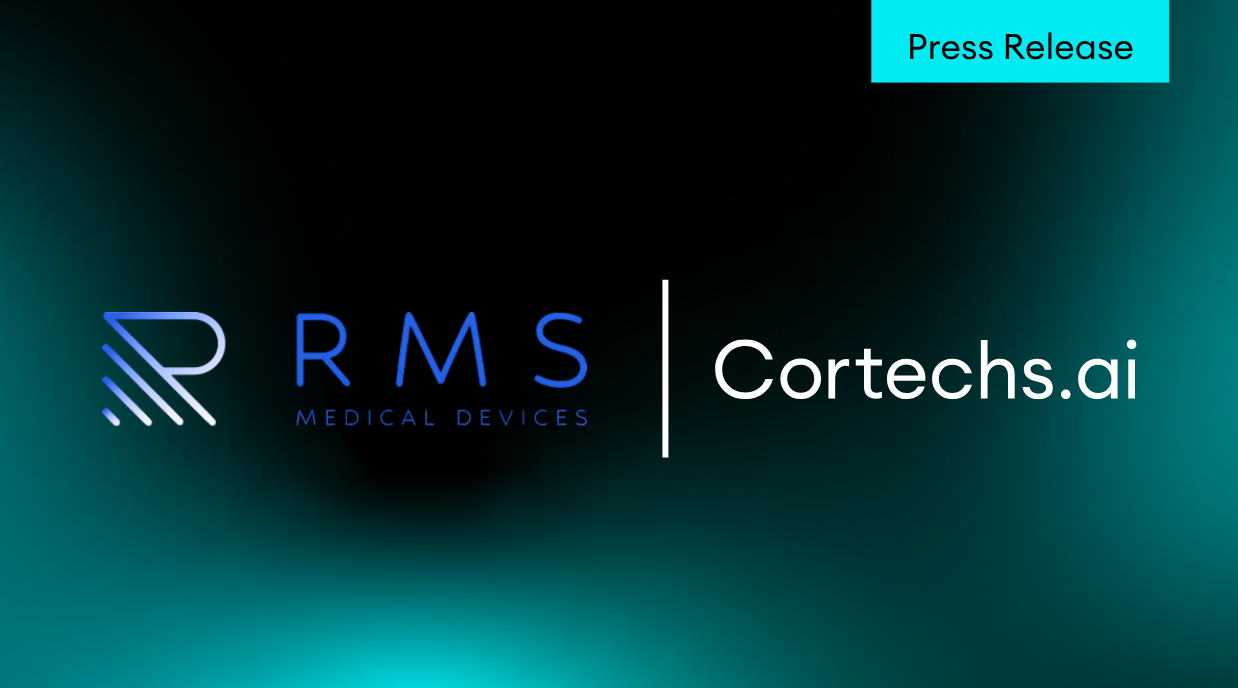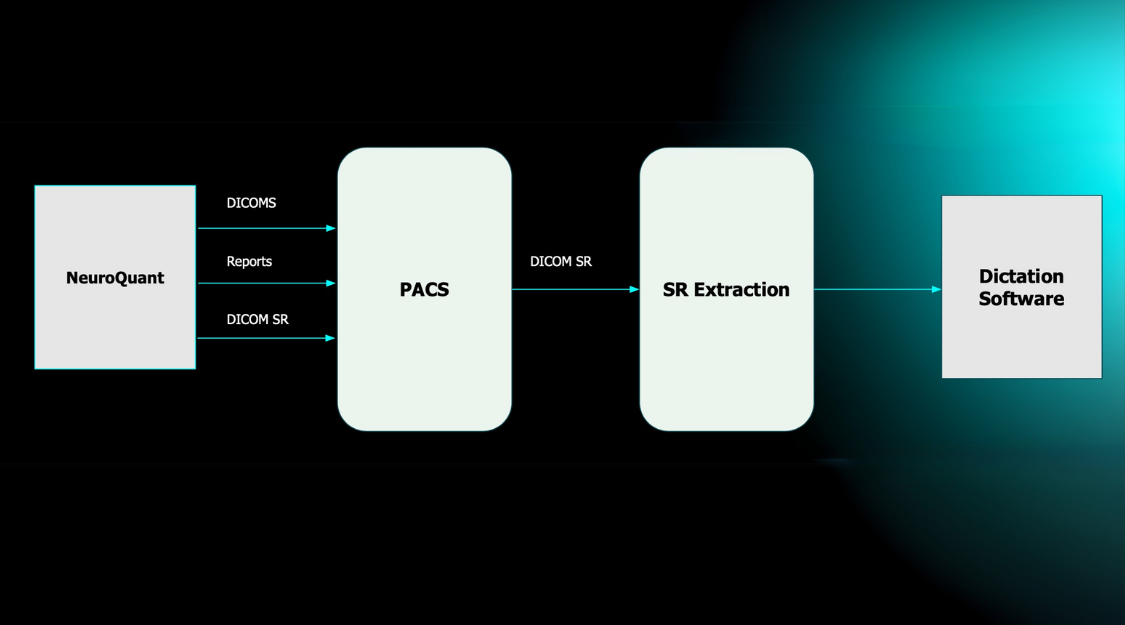Nathan White, Saif Baig, Igor Vidic, George Mastorakos, Robert Smith, Anders Dale, Carrie McDonald, Thomas Beaumont, Tyler Seibert, Srinivas Peddi, Jona Hattangadi-Gluth, Nikdokht Farid, Santosh Kesari, Jeffrey Rudie
Abstract
Purpose
Measuring gliomas is a time-intensive process with significant inter-rater variability in post-surgical residual tumor and resection cavities. This likely contributes to the delayed assessment of progression and in-field recurrences from radiation. Automated segmentation of pre and post-treatment gliomas could reduce inter-rater variability and increase workflow efficiency for routine longitudinal radiographic assessment and treatment planning. We evaluated whether a 3D neural network is comparable to expert assessment of pre and post-treatment diffuse gliomas tissue types and resection cavities.
Methods
A retrospective cohort of 647 MRIs of patients with diffuse gliomas (average 55.1 years, 45% female, 396 pre-treatment and 251 post-treatment, median 237 days post-surgery) from The Cancer Imaging Archive were stratified by operation status and tumor grade and randomly split into training (536) and testing (111) samples. T1, T1-post-contrast, T2, and FLAIR images were registered, skull-stripped, and interpolated to 1x1x1. Four classes — edema/infiltrative/post-treatment changes (ED), enhancing tissue (ET), necrotic core (NCR), and resection cavities (RC) — were manually segmented by an expert neuroradiologist. Using these segmentations and the four input image modalities, a nnU-Net, a state-of-the-art 3D U-Net convolutional neural network, was trained to predict segmentations of the four classes.
Results
Segmentation performance in the test set for the ED, ET, and RC classes was at the level of inter-rater reliability with median Dice scores ranging from 0.85 to 1 and relative volume errors ranging from -0.05 to 0.02. There was a near-perfect correlation between manually segmented and predicted total lesion volumes (r2 values ranging from 0.95 to 0.98 among classes).
Conclusions
Accurate, automated volumetric quantification of diffuse glioma tissue volumes may improve response assessment in clinical trials and reduce provider burden and errors in measurement.






